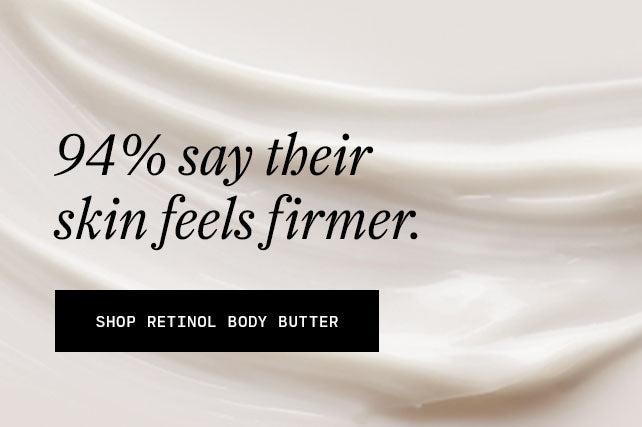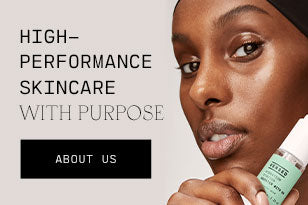
Your 3-Step Action Plan For Spotting (Or Popping) A Pimple
When it comes to the list of things that dermatologists and estheticians tell us not to do, the most common warning has to be ‘don’t pop your pimples’. But we get it, we can’t always make an appointment every time we need a cortisone shot for cystic spots or have pesky blackheads professionally extracted.
If you constantly find yourself staring at a 4x zoom mirror while picking your skin, bookmark this expert-approved guide on what to do when you spot a pimple, how to heal blemishes after popping, and tips to prevent acne scarring. (And do get rid of that magnifying mirror.)How to Quickly Treat a Pimple
There are a few alternatives you can try to minimize the size and life of a blemish without popping it. An easy DIY is wrapping a piece of ice in a towel and holding it against the skin. The cold temperature will work to decrease redness and swelling. There are also pimple patches, which "draw debris, oil, and pus (a.k.a. the infection) out of a blemish,” says esthetician Renee Rouleau. Pimple stickers also possess healing properties that speed up recovery time while ensuring you keep your hands off your face, she adds. Tip: You can also apply a spot treatment and cover with a small band-aid if you don’t have patches handy. Got a larger area of breakouts to cover? Opt for a clay mask, like Find Clarity, to detox the pores and clear out any gunk.Can I Safely Pop a Pimple?
The after-effects of popping a pimple are some that we are all too familiar with: acne scars, hyperpigmentation, more zits, or even skin infections. Lead esthetician of Rescue Spa New York Diana Yerkes says that popped pimples are "an open wound and, if not treated correctly, can become a bigger problem than a simple pimple." When experts say that the best thing to do is let the spot take its course, they are thinking of the long-term effects on the skin and not the immediate release that might come with popping it.
If you’re set on popping a pimple at home, there is an expert-approved technique to keep from creating lasting damage to your complexion. Start with cleansed and softened skin, perhaps after you finish a shower. Prevent nails from damaging the skin by covering fingertips with a tissue, then gently press down on the area around the blemish. Rouleau recommends rotating the pressure around the spot. “Position your fingers at 3 o’clock and 9 o’clock and very gently squeeze from underneath. If nothing comes out, proceed to 2 o’clock and 7 o’clock and continue to squeeze. Continuing to position the fingers at different angles will help minimize any potential acne scarring.”
If nothing comes to the surface of the skin after pressing a few times around the pimple, apply a spot treatment and let it be. The blemish isn’t ready to pop at this point.
How to Treat Skin After Popping a Pimple
Here are a few key steps to take to make sure your skin can heal with little to no residual side effects post-pimple popping.
Cleanse the Skin
By cleansing the skin immediately after popping, you make sure the extracted acne-causing bacteria doesn't spread to other areas of your face. This can cause the area to become irritated or infected, and you run the risk of a recurring pimple. Yerkes recommends using a cleanser with antiseptic properties. Our Acne-Calming Cream Cleanser has ingredients like salicylic acid to help keep skin clear and blue tansy to soothe any inflammation that might come from squeezing.
Apply a Spot Treatment
Spot treatments can serve two purposes: prevention and aftercare. And determining the right one for you depends on the type of pimple you have. For non-inflammatory acne, like blackheads and whiteheads, Yerkes suggests incorporating drying spot treatments into your routine. Game Over contains bentonite and kaolin clay, plus sulfur, to suck up excess sebum and exfoliate dead skin cells trapped within the pore. Treatments like these can dramatically decrease the amount of time the pimple exists on your face.
Those prone to inflammatory, underground acne with no head (like cystic pimples) should opt for a spot treatment formulated with antibacterial ingredients like salicylic acid or tea tree oil. If you’re particularly concerned about infection, antibiotic ointments can help protect the raw, open skin while it heals.Don’t Forget SPF
One of the most common skincare concerns is hyperpigmentation, which is often the cause of sun damage or acne scars. By incorporating SPF into your routine, both Yerkes and Rouleau agree that your risk of developing any form of hyperpigmentation decreases dramatically. “If the affected skin is exposed to daylight, the UV rays stimulate the melanin cells—even if it’s cloudy outside—making the scar darker and redder in color and visible longer", says Rouleau. Look for a mineral SPF that uses zinc oxide, which will protect you from sun damage and add antimicrobial properties to your skincare routine, which is particularly beneficial for acneic skin types.
How Long Does It Take to Really Heal?
Any inflammation and edema (a.k.a. that clear fluid that accumulates after popping) should dissipate in 24 hours. At this point, you’d be able to see if the pimple has been fully extracted, or if there is still acne-causing bacteria trapped inside. If the pimple is particularly painful or cystic after 5-7 days, Yerkes says that this is the time you should seek out professional help. And if you go overboard on squeezing and start to notice minor scarring or pigmentation, incorporating an AHA-based exfoliator, like our Daily Brightening Solution, can be beneficial for evening out skin tone and texture over time.
Prone to breakouts? These are the best acne-busting ingredients to look for in your skincare routine.





